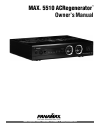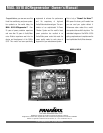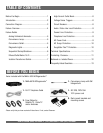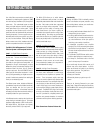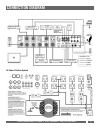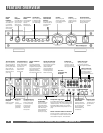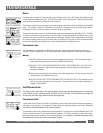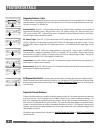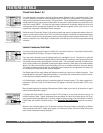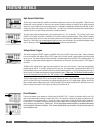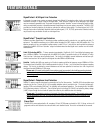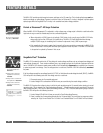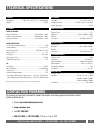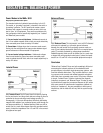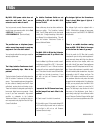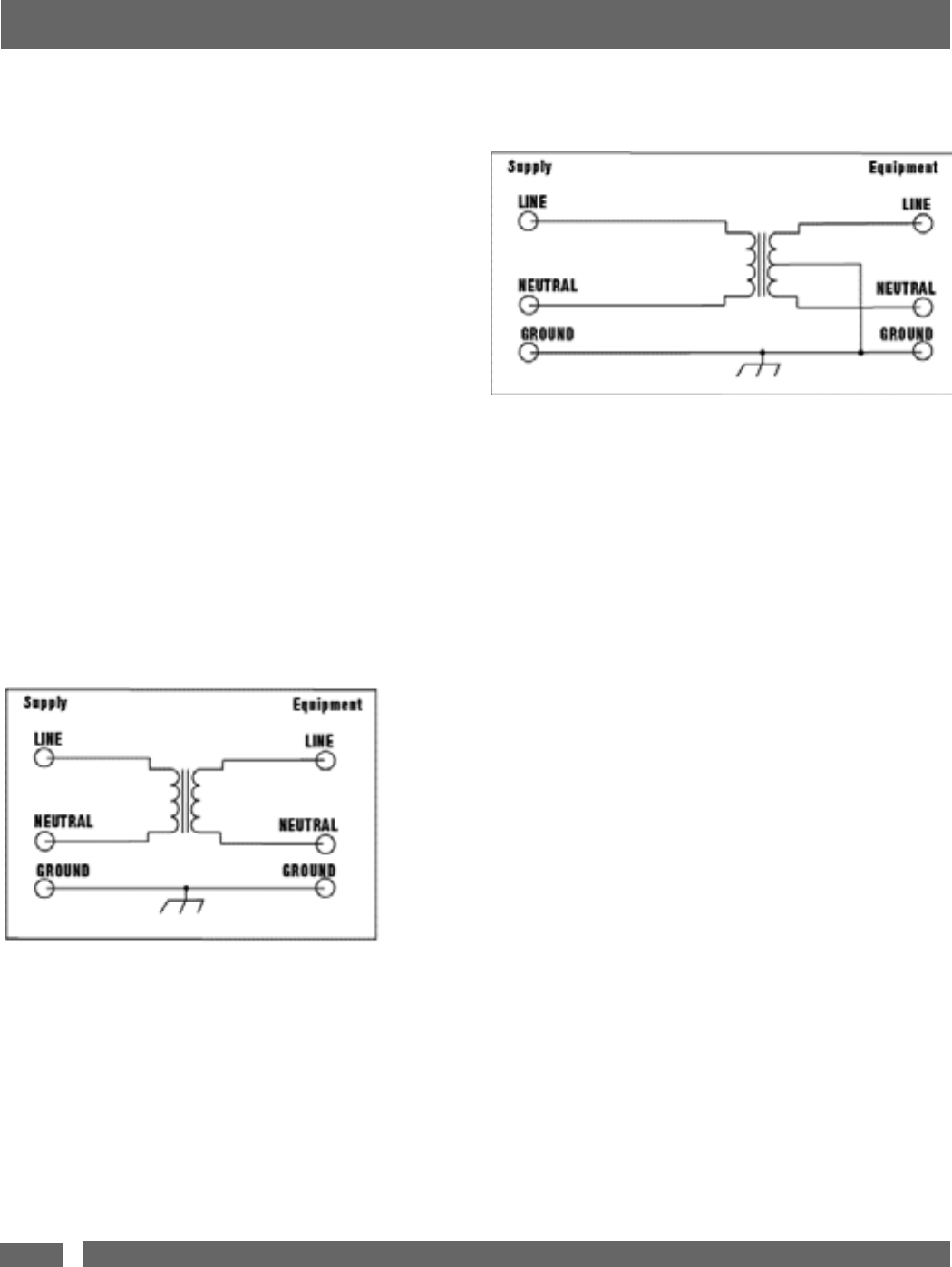
ISOLATED vs. BALANCED POWER
1690 Corporate Circle, Petaluma, CA 94954 • www.panamax.com
12
Power Modes in the MAX® 5510
Single-phase grounded-neutral power
The standard method of residential power delivery in the U.S.
The neutral, or "grounded" conductor, is bonded to the earth, or
"grounding" conductor. The N-G panel bond creates a severe
imbalance with respect to common-mode currents, which can
lead to "hum" in A/V equipment. There are three problems with
this configuration that are specifically targeted by our "Isolated"
and "Balanced" power modes:
1. Line and neutral current imbalance. Unbalanced currents in
the L-N can radiate magnetic fields, which can couple inductively
from connected power cords to nearby A/V cables.
2. Ground skew. Voltage drops due to common-mode current
flowing into the earth ground can cause a skew between signal
ground references in interconnected A/V equipment.
3. Line and neutral voltage imbalance. Unbalanced voltages
from line and neutral to ground can cause connected power
cords to radiate electrical fields, which can couple capacitively to
nearby A/V cables.
With "Isolated Power" the N-G panel bond is broken by floating
the line and neutral, and the ground reference voltage is driven to
neutralize the hum-producing ground leakage currents (2).
Consequently, L-N currents are equalized, effectively eliminating
magnetic field radiation from connected power cords through cur-
rent phase cancellation (1). Radiated electrical fields can still be
evident (but to a much lesser degree than with grounded-neutral
power), unless the impedances from L-G and N-G in the connect-
ed equipment are equal.
With "Balanced Power", the asymmetric, zero-volt N-G reference
at the panel is replaced by a symmetric ground reference
between line and neutral. Hum-producing common-mode cur-
rents (2) and radiated electrostatic fields in the connected power
cords (3) are both eliminated by voltage phase cancellation.
Radiated magnetic fields can still be evident (but to a much less-
er degree than with grounded-neutral power), unless the imped-
ances from L-G and N-G in the connected equipment are equal.
Conclusion
"Balanced" and "Isolated" Power are both exceedingly efficient at
overcoming the inherent problems of the unbalanced earth
ground reference in domestic single-phase power systems, with
small but definable distinctions. They are both effective in reduc-
ing common mode currents and radiated magnetic and electro-
static fields from connected power cords. The primary difference
is simple: "Isolated Power" is better at reducing the magnetic
(inductive) component, and "Balanced Power" is better at reduc-
ing the electrical (capacitive) component. Because all A/V cables
have some amount of inductance and capacitance (defined col-
lectively as "impedance"), they are susceptible to both types of
interference, and the trade-offs will vary with the system config-
urations.
Isolated Power
Balanced Power



